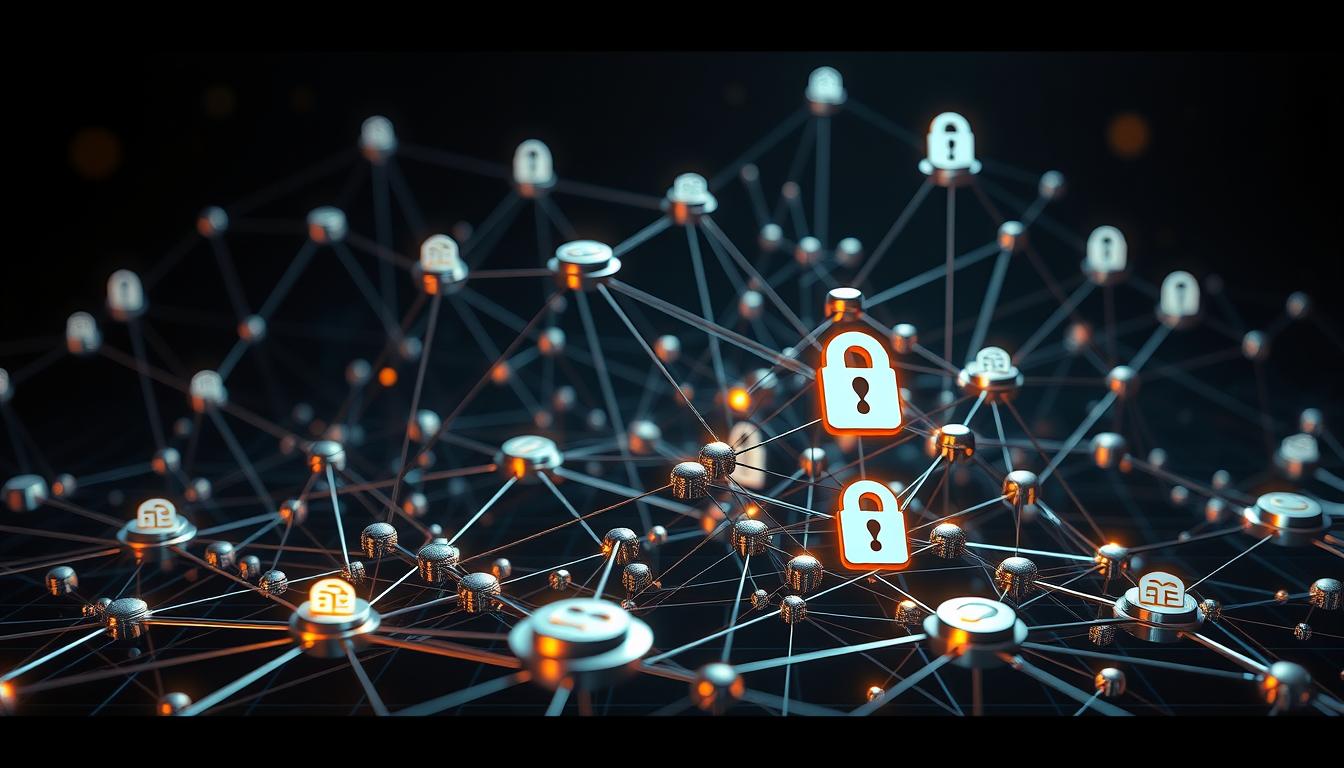Modern businesses face growing challenges in data management and operational efficiency. Distributed ledger technology offers innovative approaches to these challenges. Companies now have powerful options for securing their digital operations.
Blockchain Technology15- Page
Today’s global product journeys are incredibly complex. Goods often pass through many hands and locations before reaching the consumer. This complexity creates significant visibility gaps for businesses. A revolutionary system
Modern digital ecosystems handle enormous volumes of valuable assets through automated systems. These platforms process everything from financial transactions to unique digital collectibles. The complexity of these operations demands robust
The digital asset landscape has exploded with over 13,000 cryptocurrencies operating across thousands of separate distributed ledger systems. This creates a fragmented environment where value and information remain trapped within
The digital currency world has undergone a remarkable transformation in how transactions get verified. Traditional methods relied on intensive computational work that consumed massive amounts of energy. A new approach
The world of digital assets moves at lightning speed. Traditional investment methods often struggle to keep pace. This is where a new era of management begins. Advanced technology is now
The digital finance landscape has transformed dramatically with the arrival of advanced computational techniques. These powerful tools process enormous datasets to uncover patterns that human analysts might miss. This comprehensive
Modern organizations face complex challenges in today’s digital landscape. Many seek innovative approaches to improve security and operational efficiency. This guide explores how specialized distributed ledger systems are transforming various
Imagine a digital record book that everyone can see but no one can change without everyone else knowing. This innovative approach to storing information represents a major shift in how
The digital ledger technology reshaping global markets is creating seismic shifts in how institutions manage value. By eliminating intermediaries and enabling peer-to-peer transactions, this innovation offers unprecedented transparency and efficiency.



















